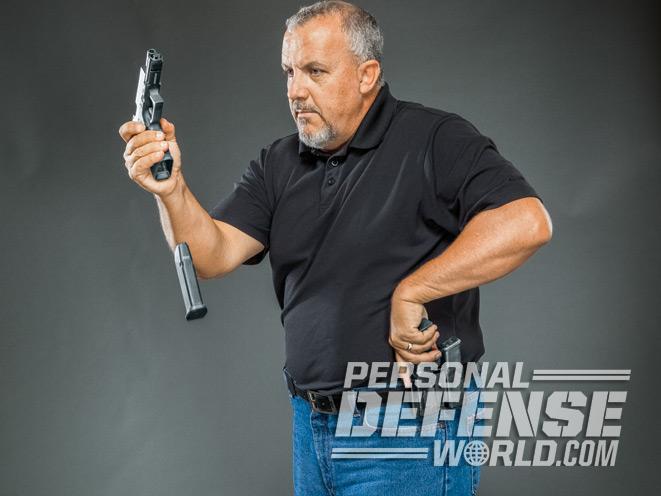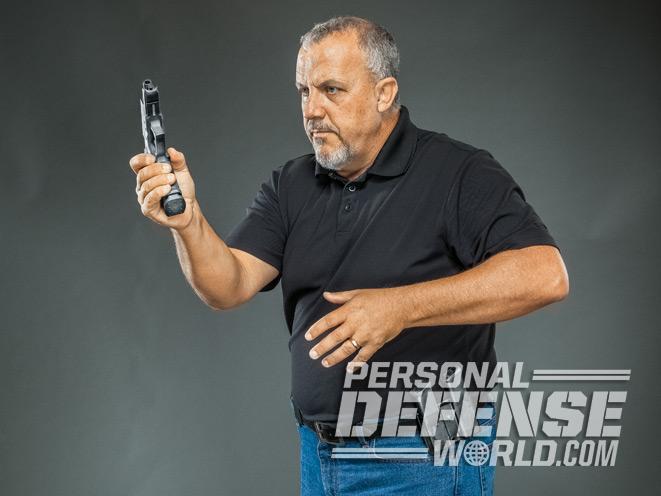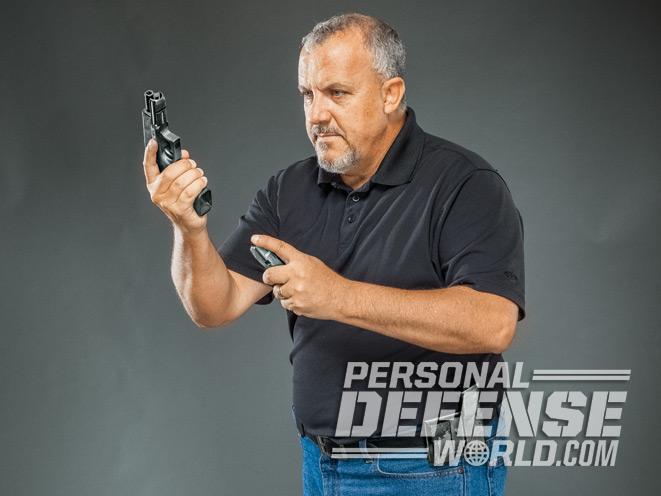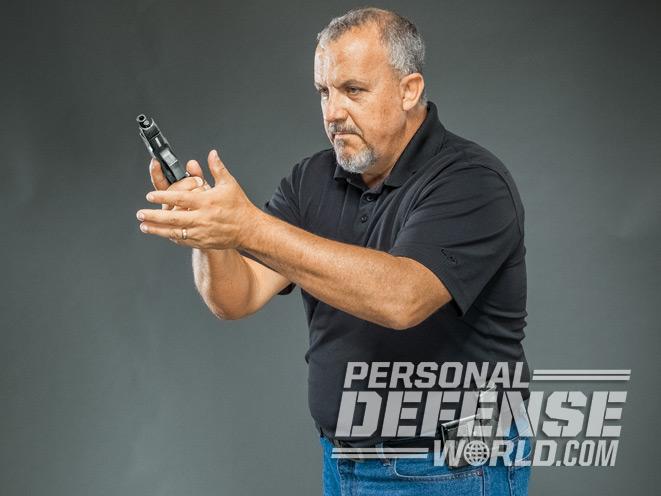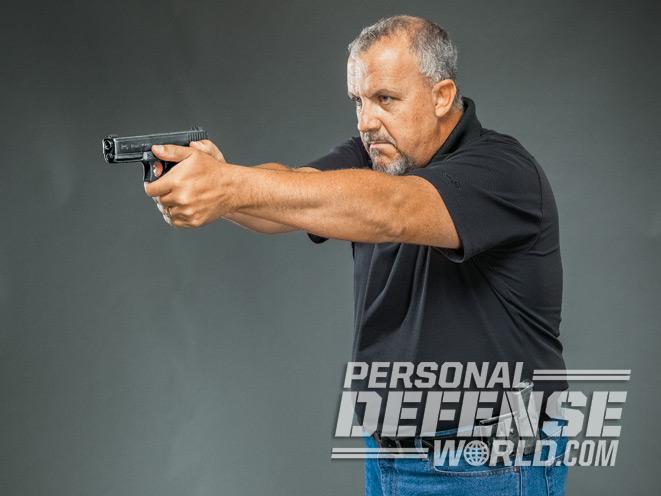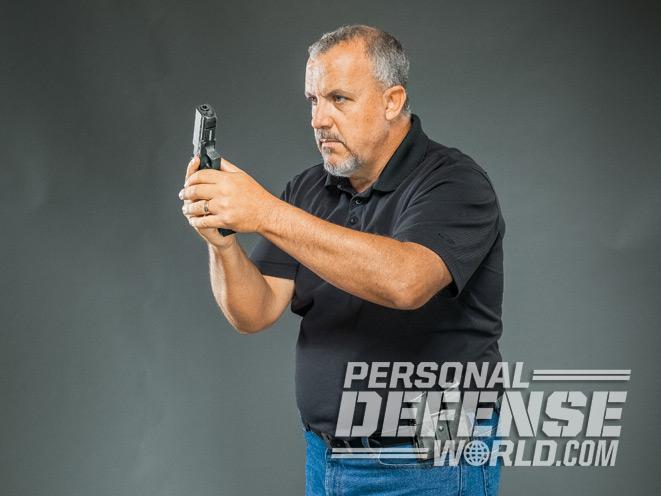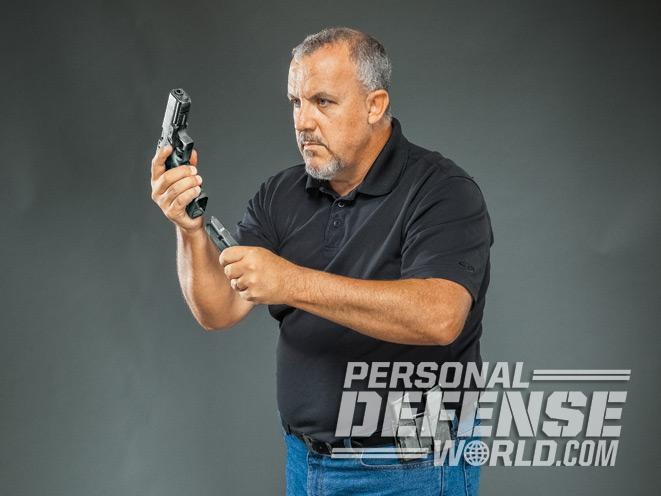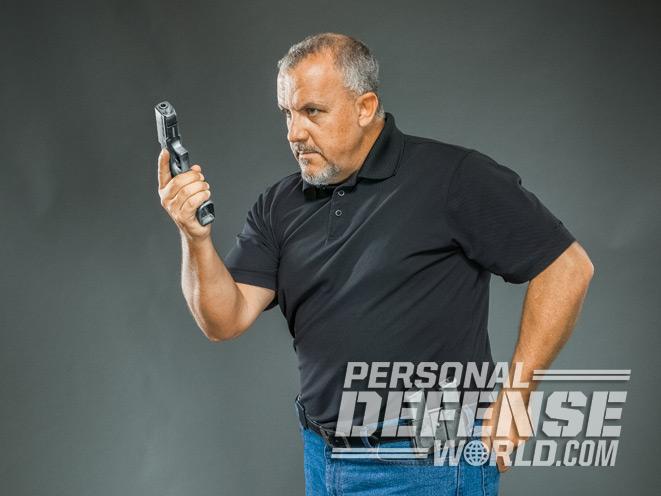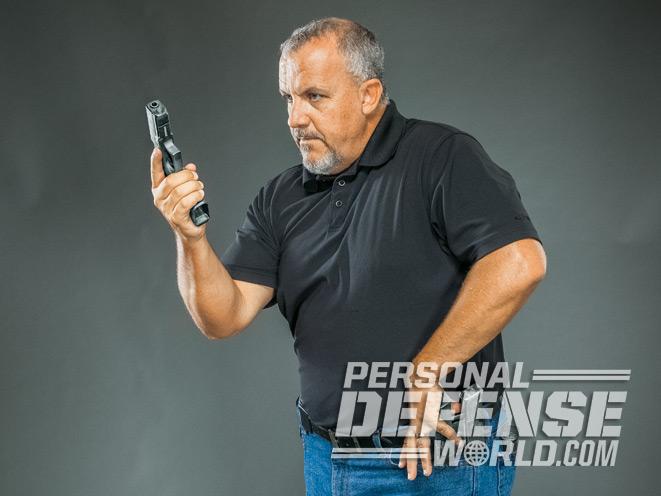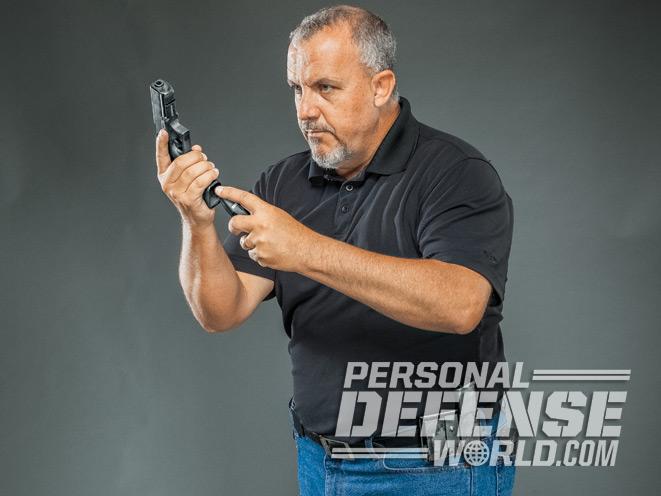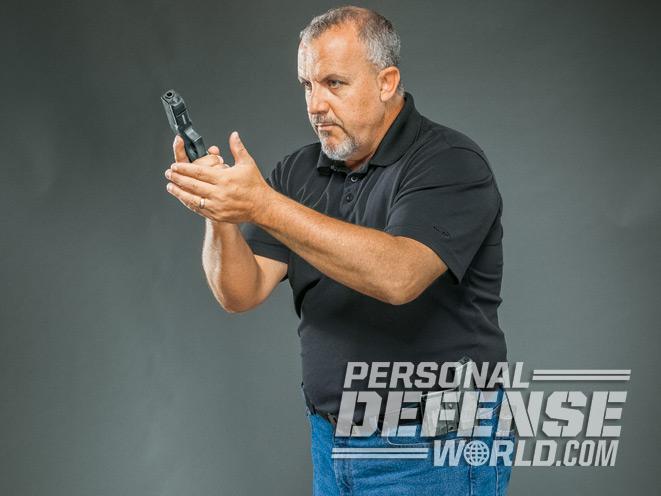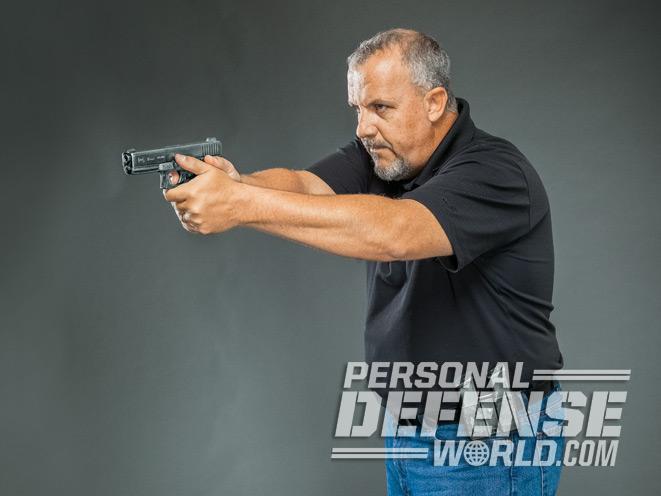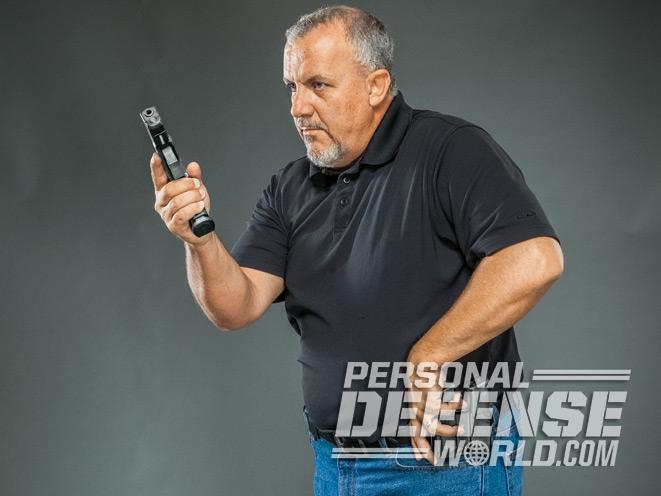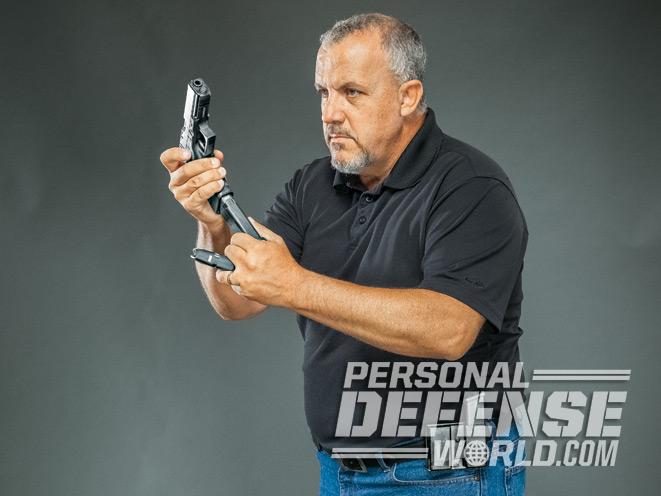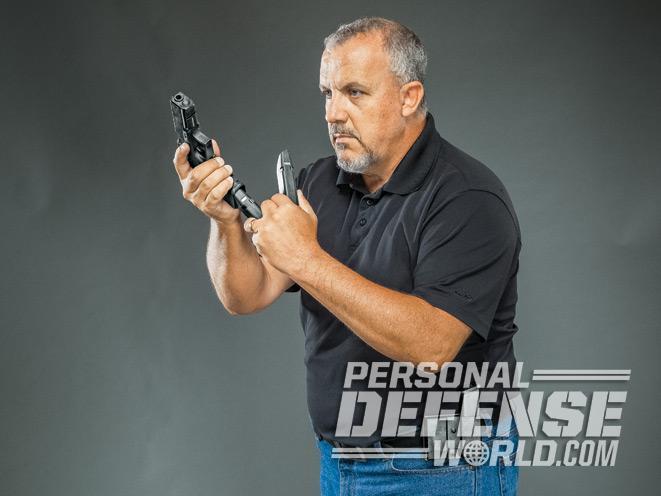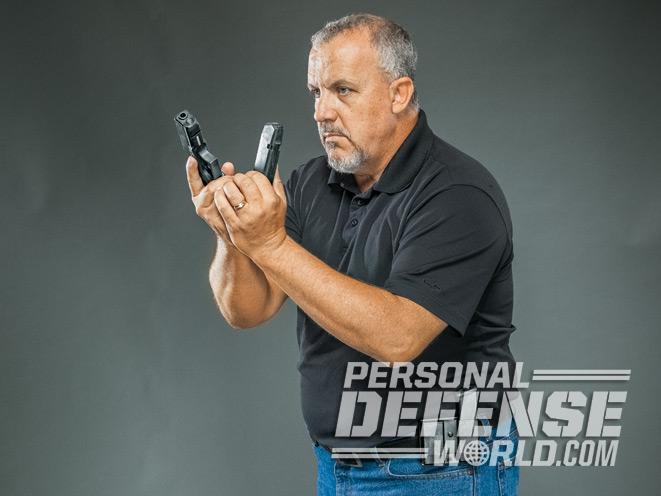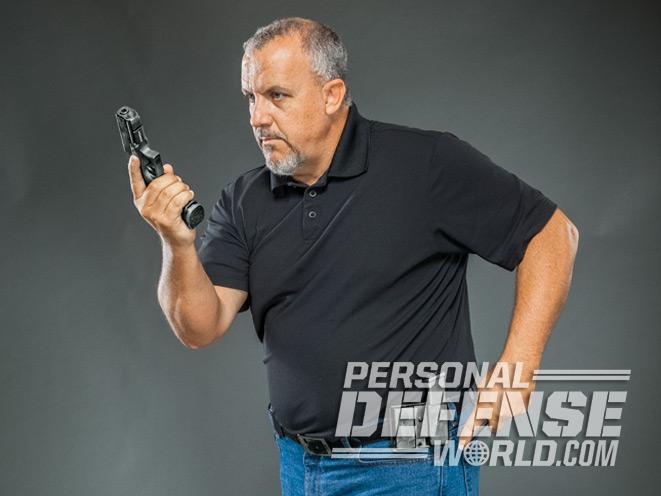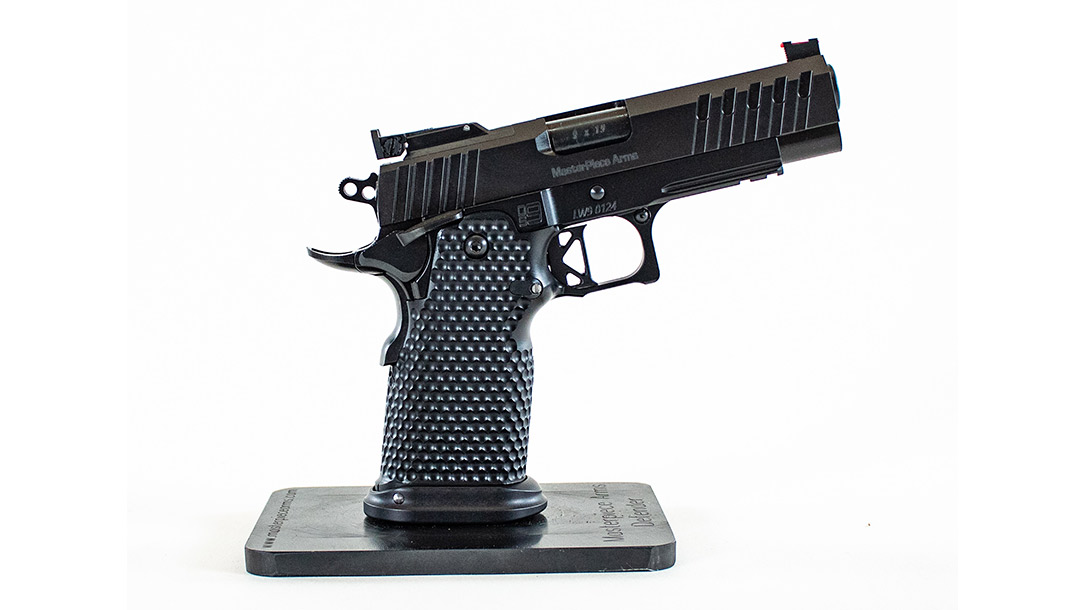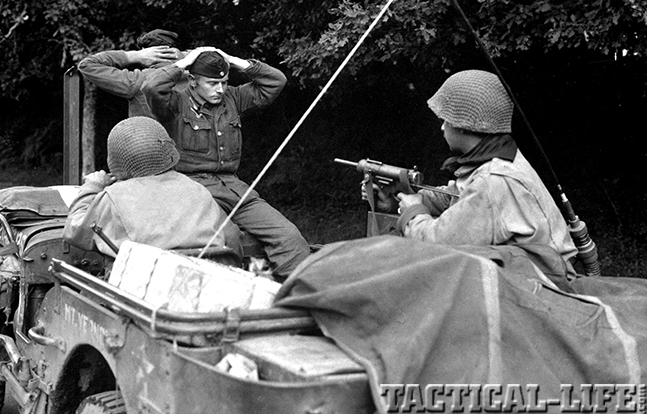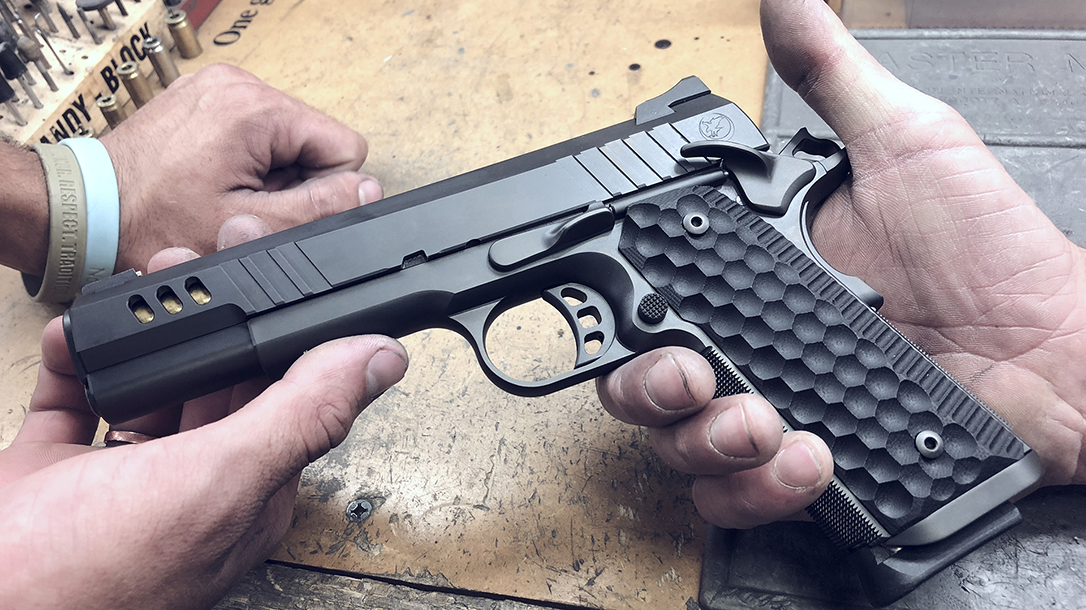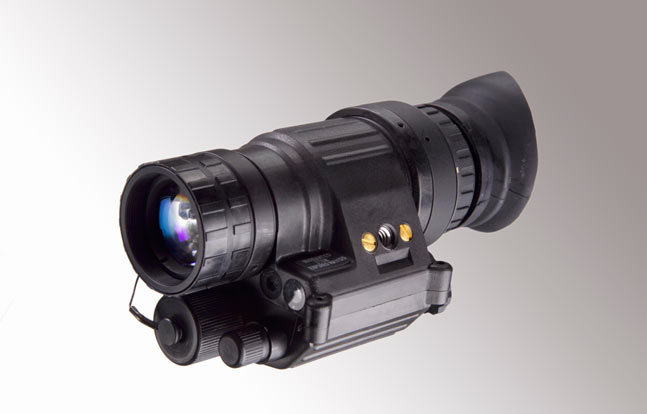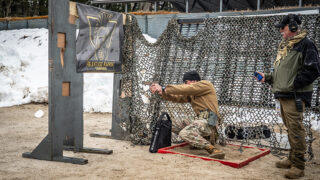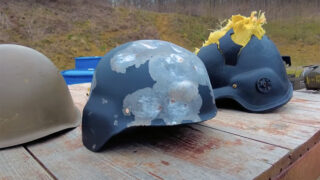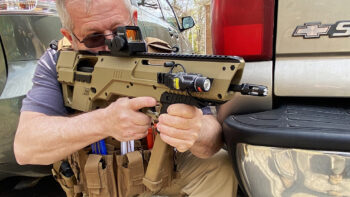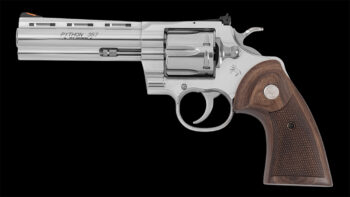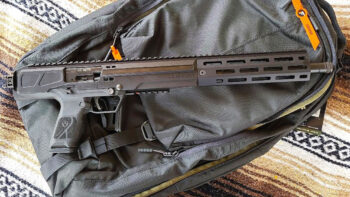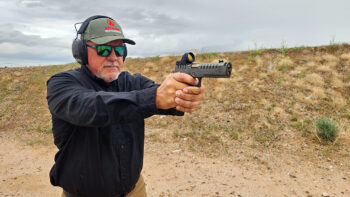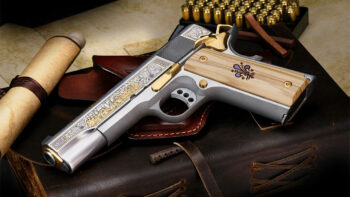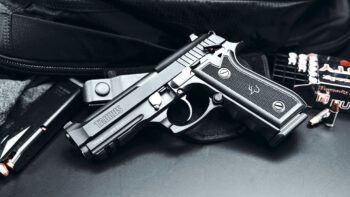Shooting is very similar to other martial skills. It requires that you develop an entire spectrum of abilities in order to master the art. While many shooters focus purely on accuracy, serious shooters spend time working on reloads and other mechanical skills. You can be the absolute best shooter in the world, but if you can’t clear a malfunction or execute a reload your life could be at risk. Reloads are undeniably one of the most essential skills a serious defensive shooter can have. With that in mind, we will look at three different reload techniques to help you master the skill: the emergency reload and then two versions of a tactical reload.
Emergency Reload
The emergency reload has many names, but is always the same problem. The slide of the weapon is locked back and the magazine in the gun is empty. If you are in the middle of a self-defense scenario, this is indeed an emergency. The technique to get the gun back into operation is as follows.
Tactical Reload
A tactical reload is the replacement of a partially depleted magazine with a full mag. This is only executed when it is absolutely safe to do so. If you are ever in a situation where you have had to fire your weapon, you will more than likely have no idea how many rounds you have fired. In that you should always expect multiple assailants during an attack, it is a good idea to get a full magazine into your gun as soon as possible.
RELATED: Easier, Faster, Smarter Revolver Reloads
One debated idea revolves around what to do with the partially depleted magazine. I believe it should be retained. Unlike competition settings, most people do not carry a large number of magazines. In fact, most people carry only one backup mag during everyday carry. While there may not be many rounds left in the partially depleted mag, you may need them. There are two distinct schools of thought on the methodology used in tactical reloads as well. Each has its pros and cons. With that in mind, we will look at both.
Combat Reload
The position of the fresh magazine is debatable. Some advocate putting it between the pinky and ring finger, while others teach index and middle finger. The factor that will influence your decision on this is the size of your hands and your dexterity. When choosing the technique that suits you best, you must explore the fundamental pros and cons of each technique. The “One Out, One In” technique is easy to execute but does leave the weapon without a magazine for a longer period of time. The “Combat” version does allow less time without a magazine in the gun, but it requires decent dexterity and hand size. The “Combat” reload was created when the most common weapon was the Model 1911. Slender single-stack magazines are much easier to manipulate than modern double-stack polymer magazines. In the end, you should try both and find the technique that works best for you.
RELATED: 24 New Reloading Products For 2015









